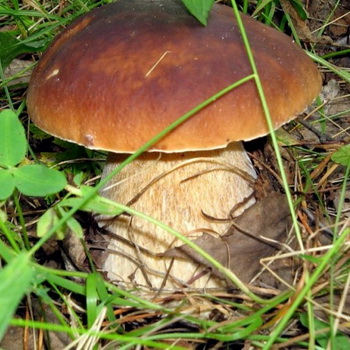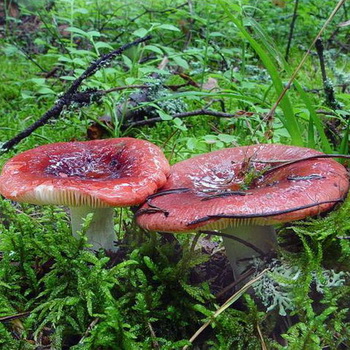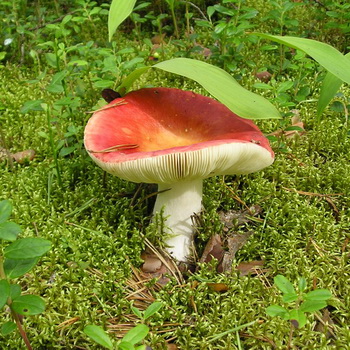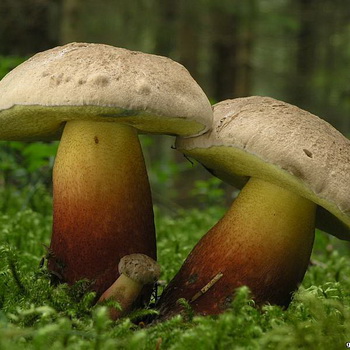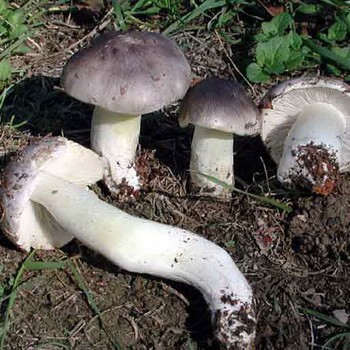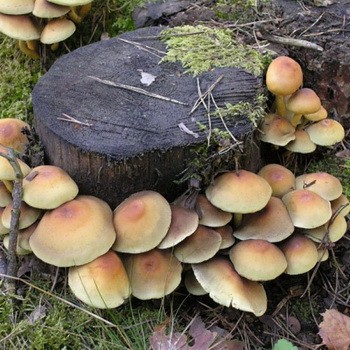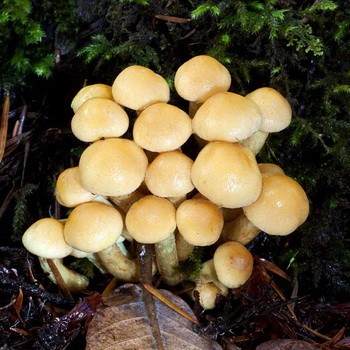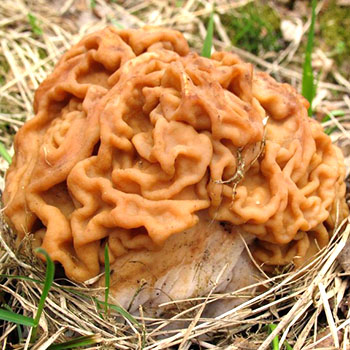Dubovik: types of mushrooms - common and speckled
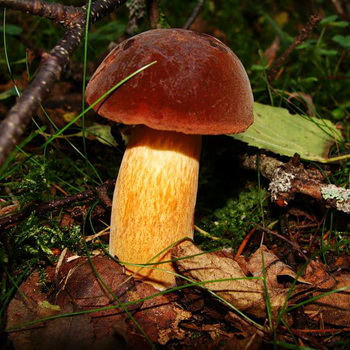
On this page you can familiarize yourself with the photo and description of the oak tree mushroom, learn about the halo of its distribution and application. You will also receive information about the most common types of oak trees: ordinary and speckled.
Content
What does an ordinary oak tree look like: photo of an edible mushroom
Category: edible.
Hat of an ordinary oak tree (Boletus luridus) (diameter 6-22 cm): from brown to light olive; in old mushrooms it can darken to black-brown. When pressed, dark spots sometimes remain. Usually has the shape of a hemisphere, occasionally it can be practically spread. It is velvety to the touch, sticky and slippery in wet weather or after rain.
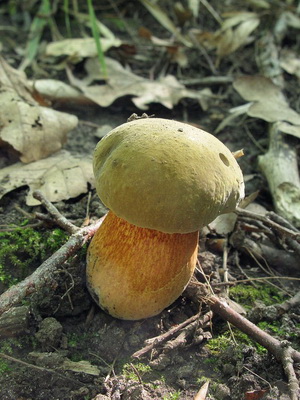
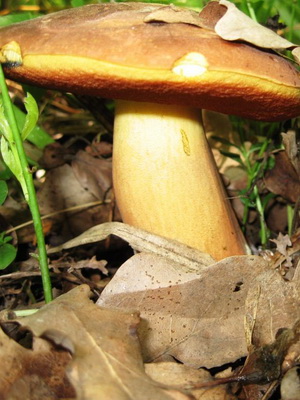
Pay attention to the leg of an ordinary oak tree: its height is 5-17 cm, most often it is red, dark orange or brown, at the very base there may be small greenish spots. It has the shape of a club, a characteristic tuberoid thickening and a mesh pattern along the entire length. Tubular layer: with round and very small pores of red color, which turn blue with a slight pressure.
Pulp: yellow, on a cut and when interacting with air it turns blue. It does not have a pronounced taste and smell.
Doubles: are absent.
When growing: from late May to early September in the Caucasus, Siberia and the Far East. Although it is a heat-loving mushroom, it can be found in the Leningrad region.
Application in traditional medicine: not applicable, but scientists have learned to extract the antibiotic boletol from an ordinary oak tree.
Important! The use of an ordinary oak tree at the same time with alcohol can lead to problems of the gastrointestinal tract.
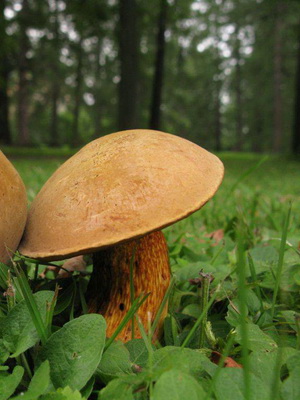
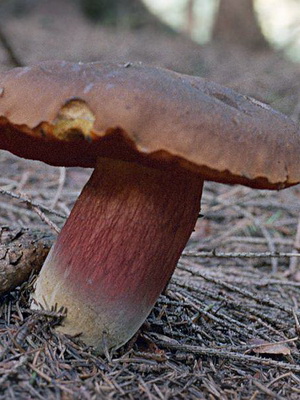
Where can I find: on limestone soils next to birch and oak on well-warmed and sunny areas of the forest.
Eating: in dried or pickled form, subject to preliminary soaking and boiling, moreover, the water must be drained several times. Although the concentration of toxic substances in an ordinary oak tree is very small, and besides, they are destroyed during cooking, still a short heat treatment can lead to severe eating disorder. If you add a little citric acid to the jar during pickling, the mushroom will retain the light color of the pulp and will not change it to lilac or purple.
Other names: olive-brown oak, dupe, dirty brown flight.
Edible mushroom oak mottled and his photo
Category: conditionally edible.
Cap of edible speckled oak (Boletus erythropus) (diameter 7-22 cm): dark brown, chestnut, black-brown, noticeably darkens even with mild pressure. It has the shape of a hemisphere or pillow-shaped. To the touch velvety.
Leg (height 7-16 cm): usually red-yellow, often with dots or mesh pattern. Thick, cylindrical or barrel-shaped, tapers from bottom to top.
Tubular layer: with rounded yellow or orange tubes. Darkens noticeably when pressed.
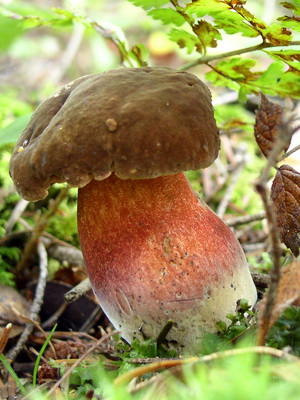
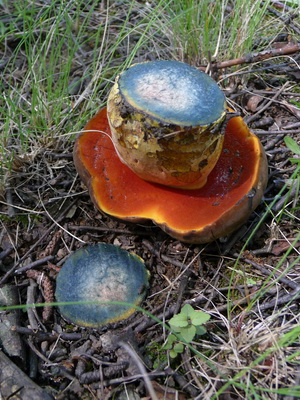
The flesh of the speckled oak tree deserves special attention: the photo shows that it is bright yellow or orange, changes color on the cut and, when interacting with air, becomes bluish or blue. It has no pronounced taste and aroma.
Doubles: poisonous satanic mushroom (Boletus satanas)whose flesh on the cut first turns red, and only then turns blue. Yellow boletus (Boletus junquilleus), which grows only in Western Europe and has a yellow stem color. The very rare oak tree Kele (Boletus queletii), like the olive-brown oak tree (Boletus luridus), grows exclusively on calcareous soils.
When growing: from mid-May to early October in the Caucasus, Eastern Siberia, the Far East and the European part of Russia. It is commonly found in the Leningrad region.
Where can I find: on acidic or marshy soils of deciduous and coniferous forests, most often in the vicinity of spruce, oak and fir.
Eating: in a marinated form, subject to preliminary boiling for 10-15 minutes, can also be dried.
Application in traditional medicine: not applicable.
Other names: poddubovikovy boletus, grain-footed oak, grapefoot boletus, red-footed boletus, bruise.
